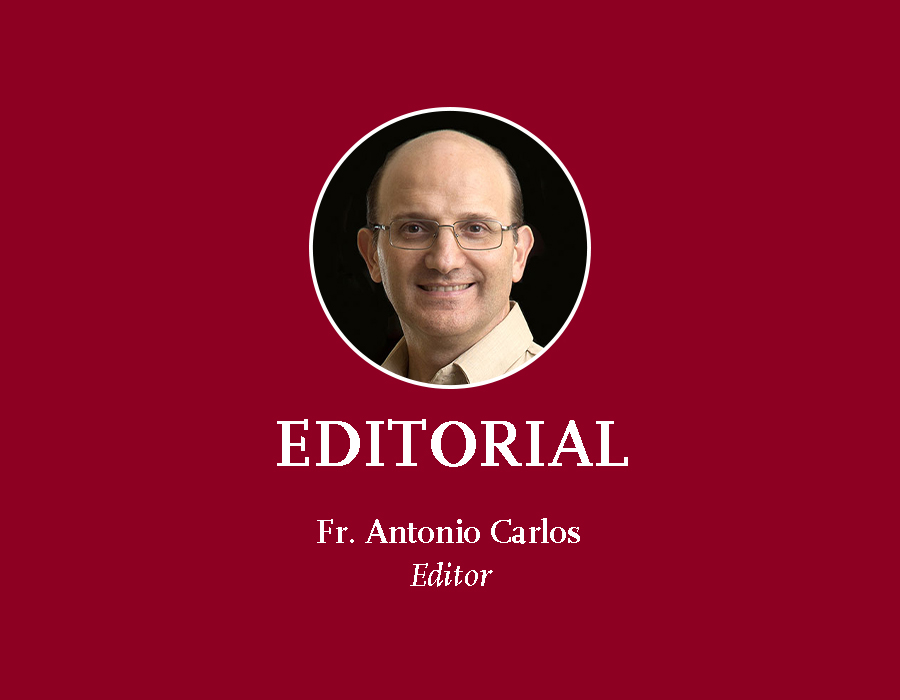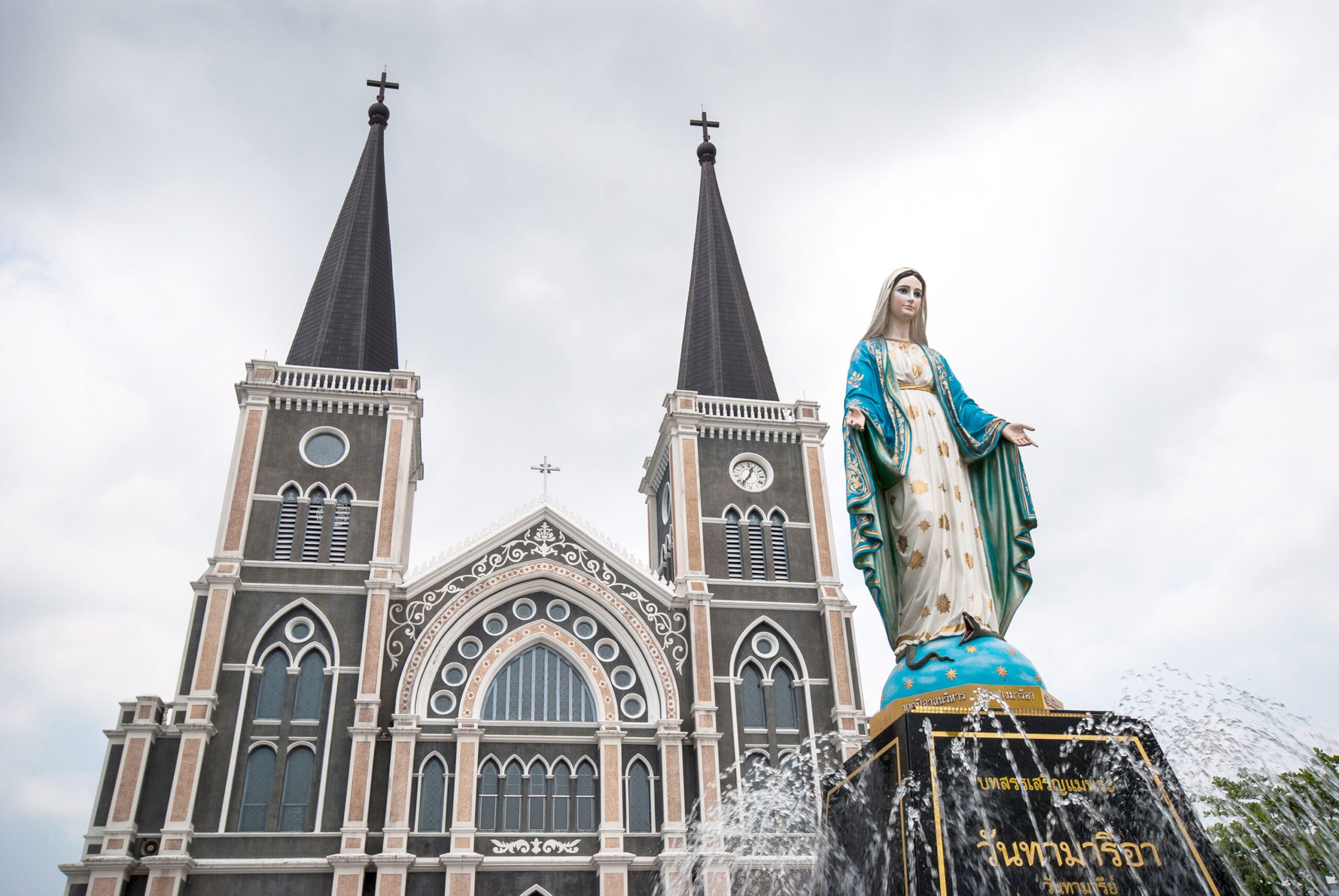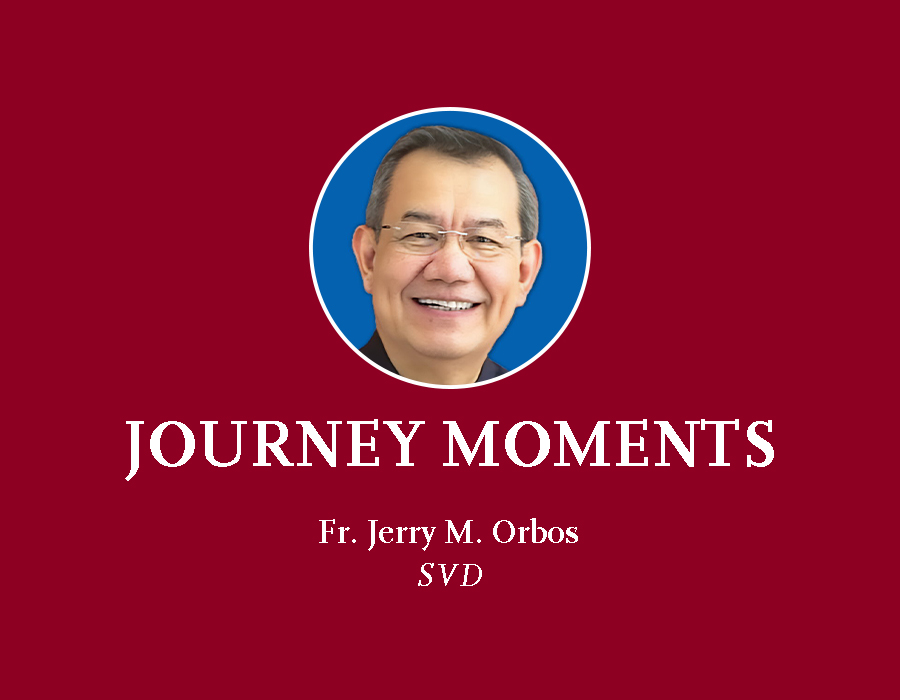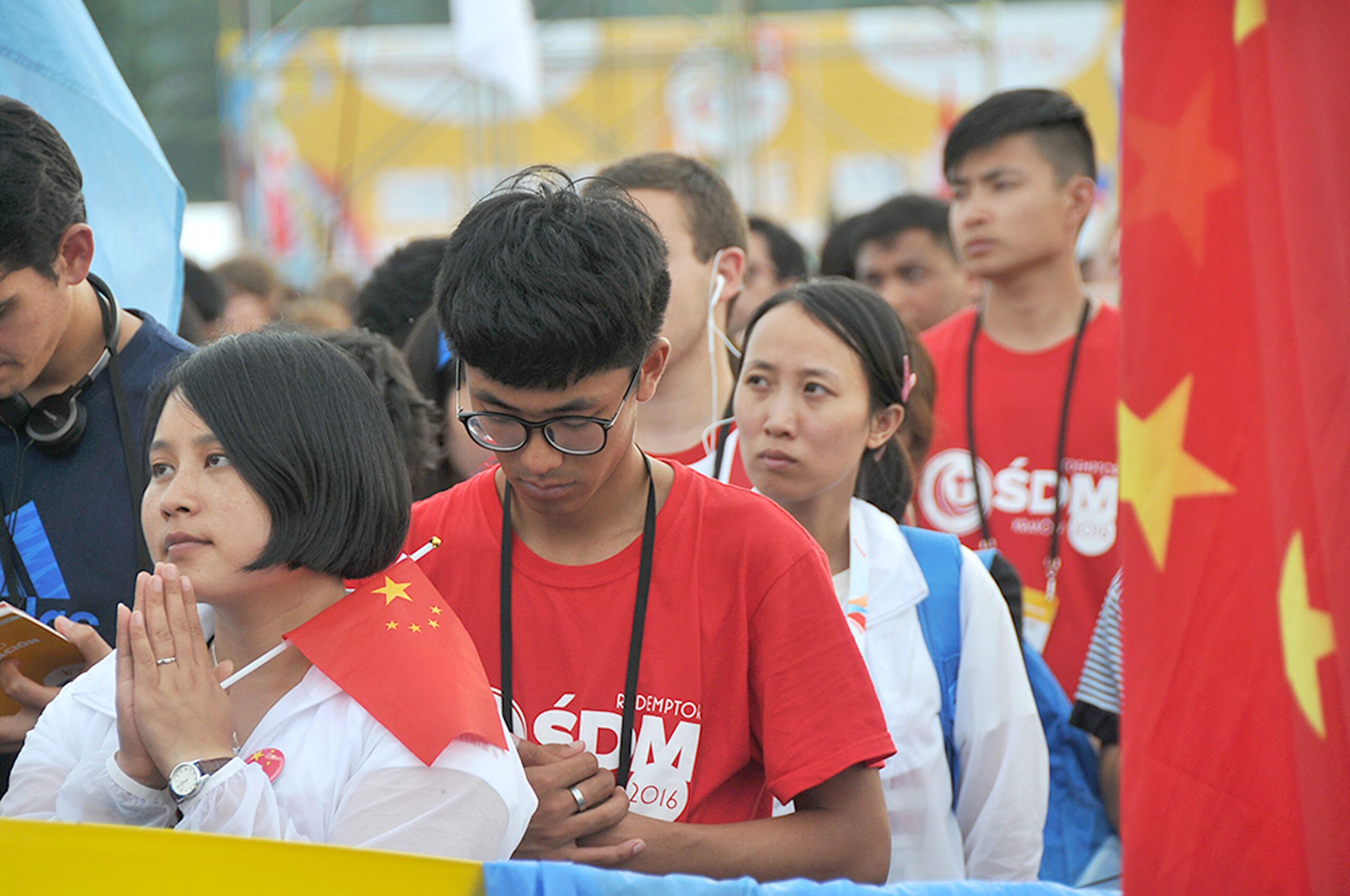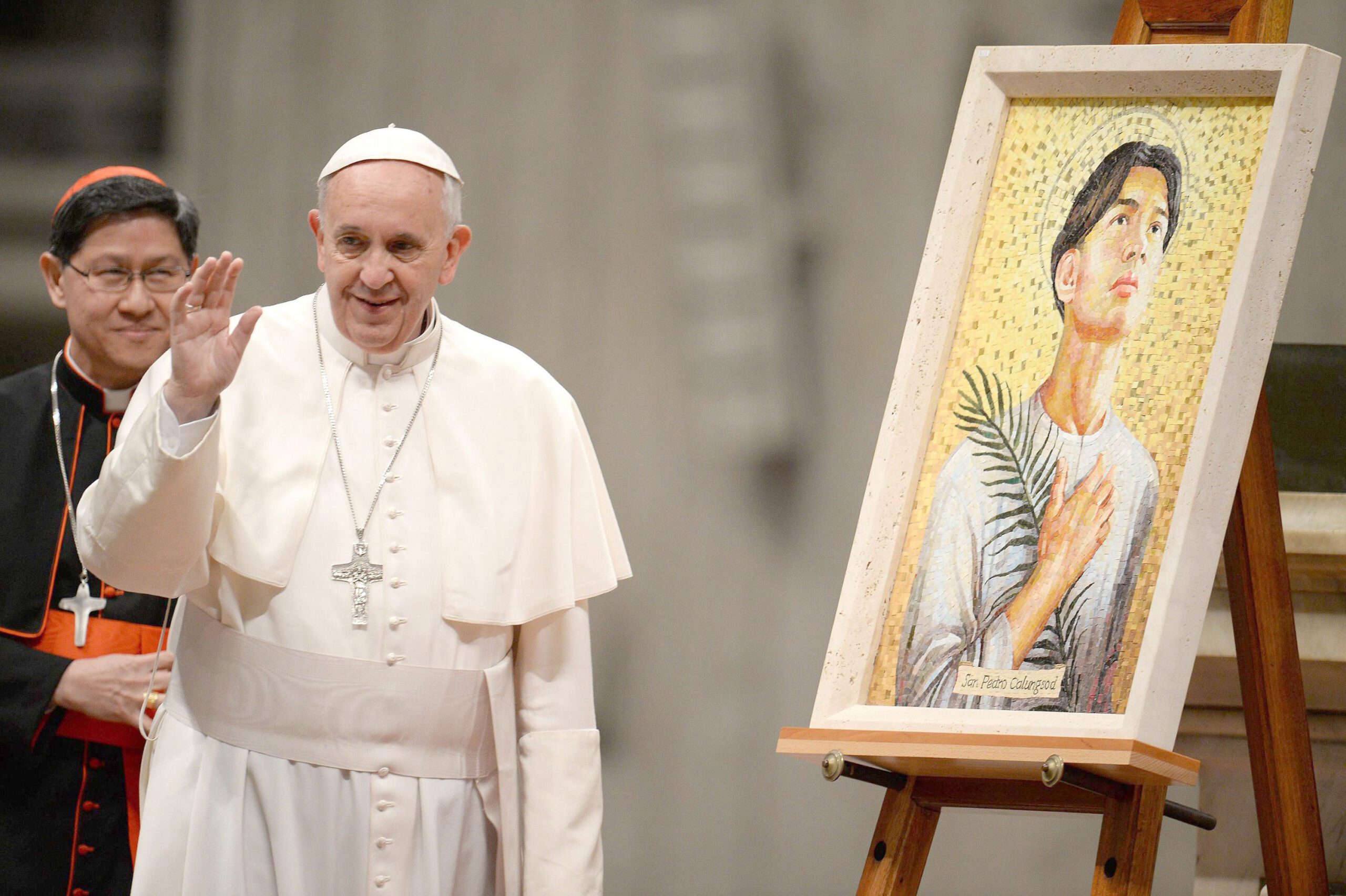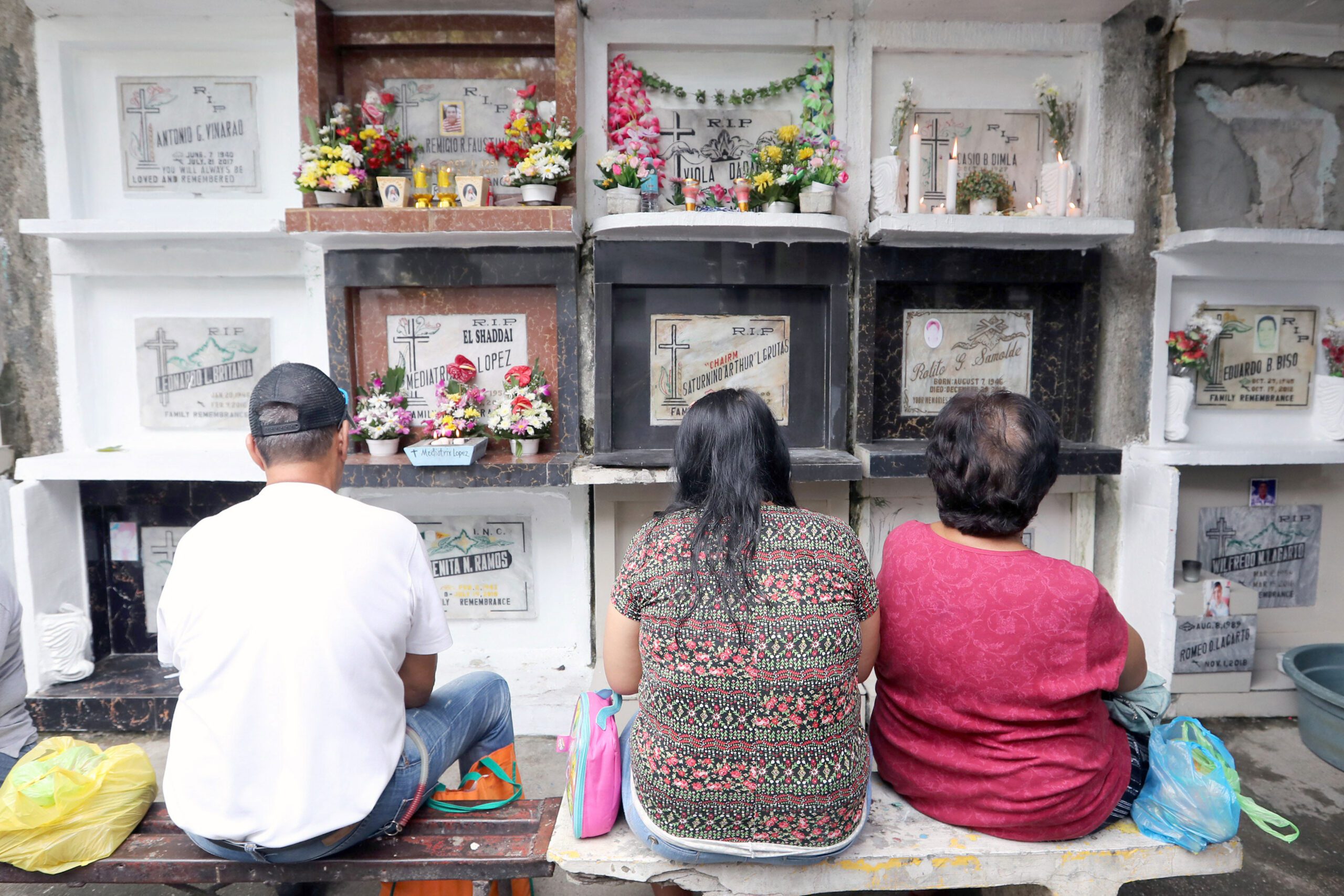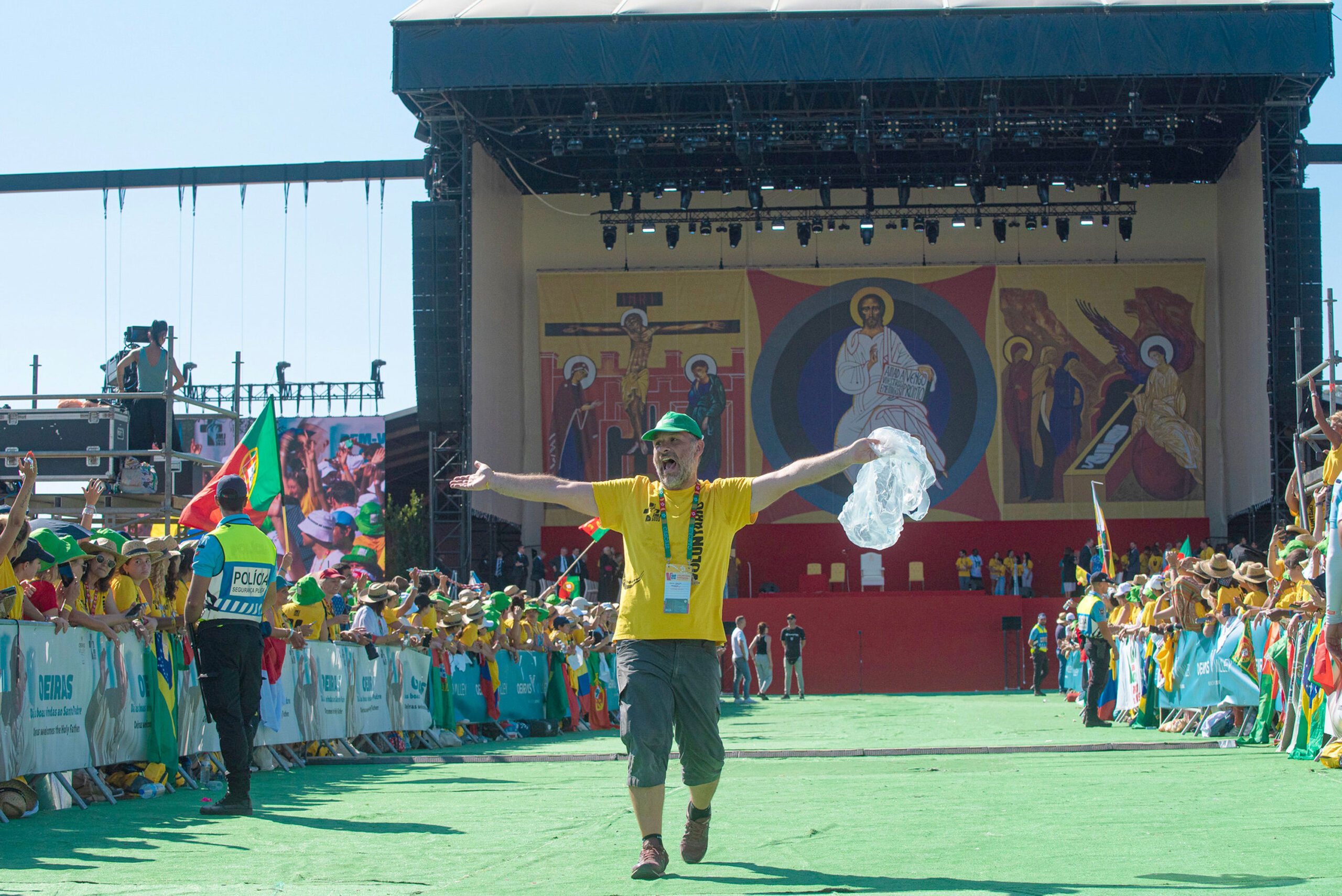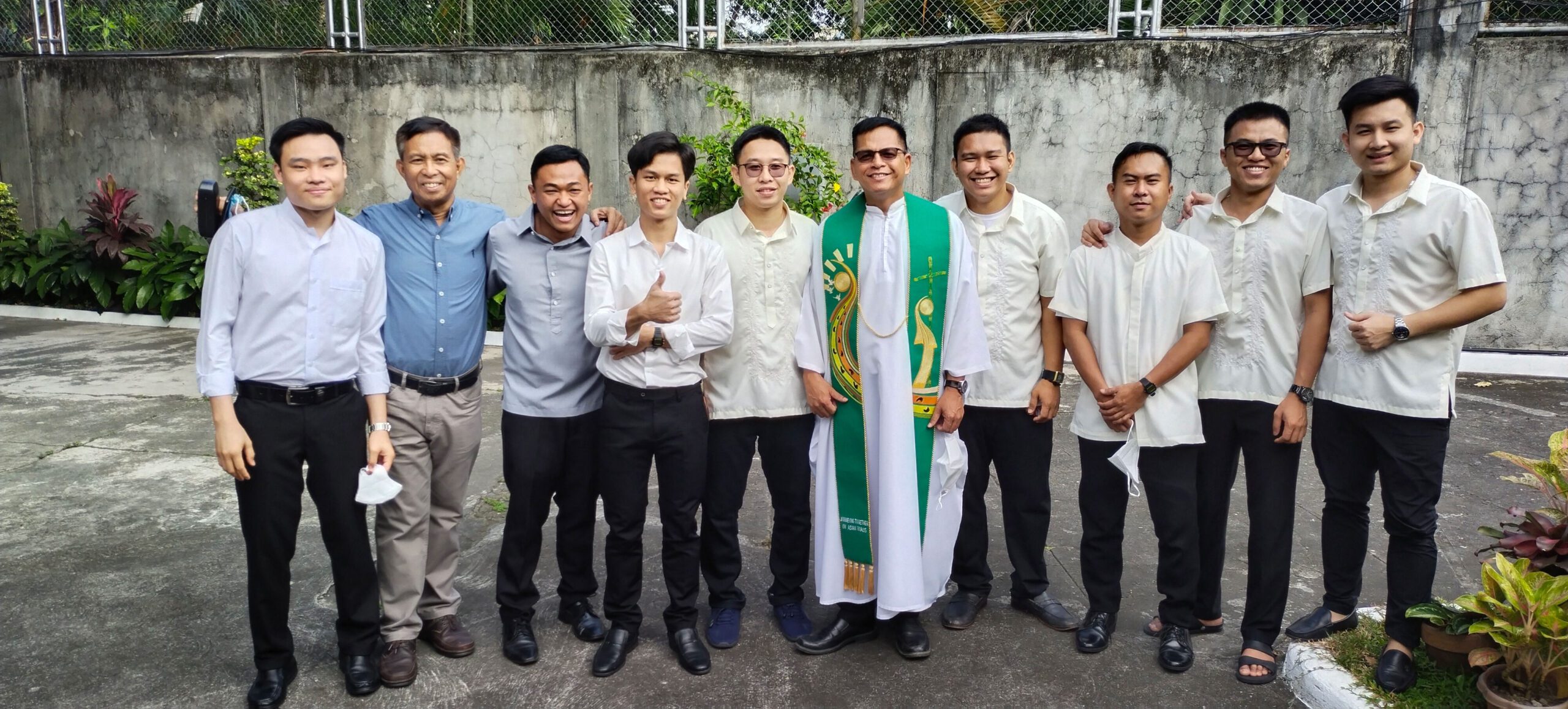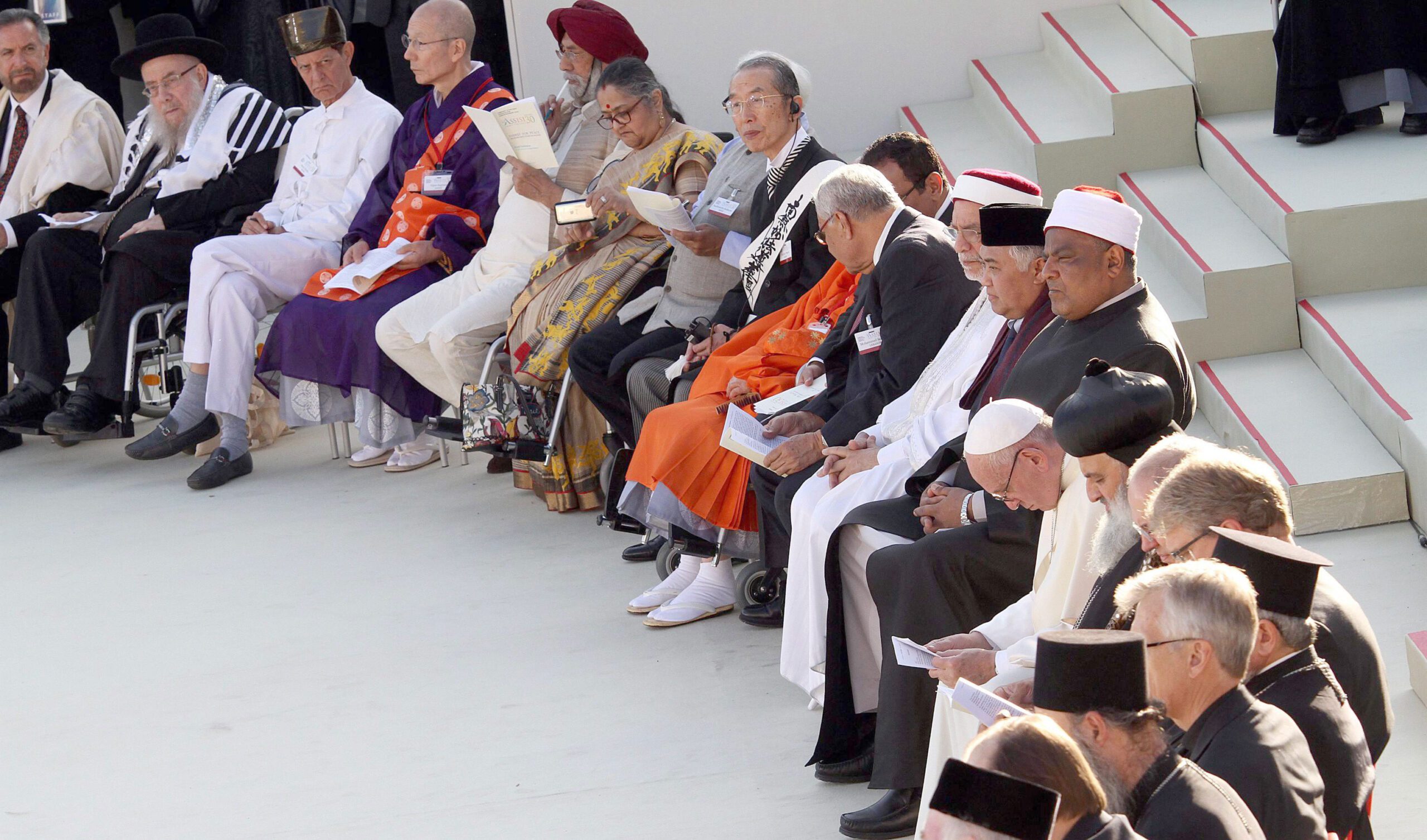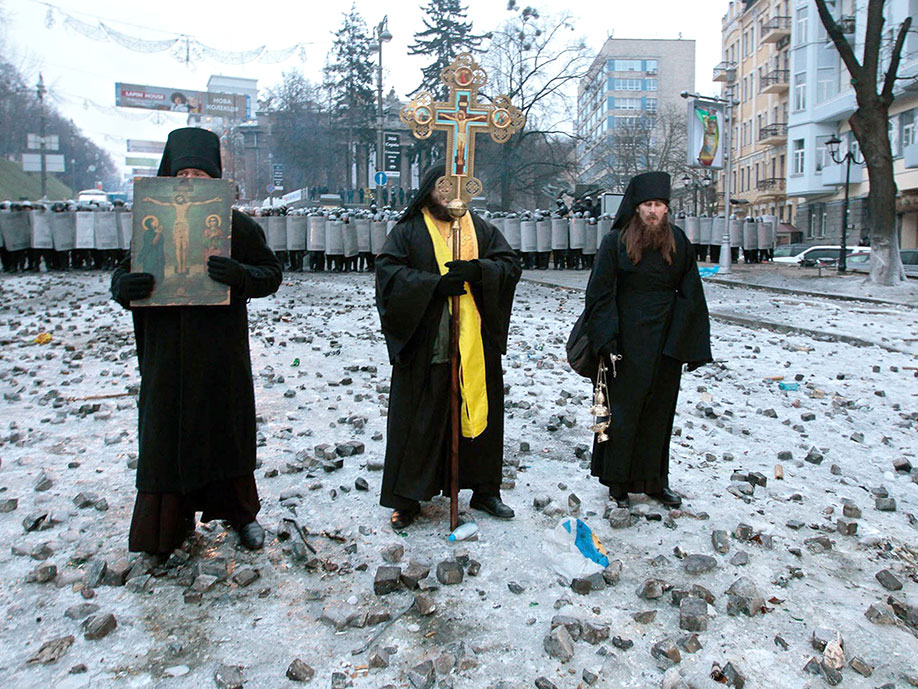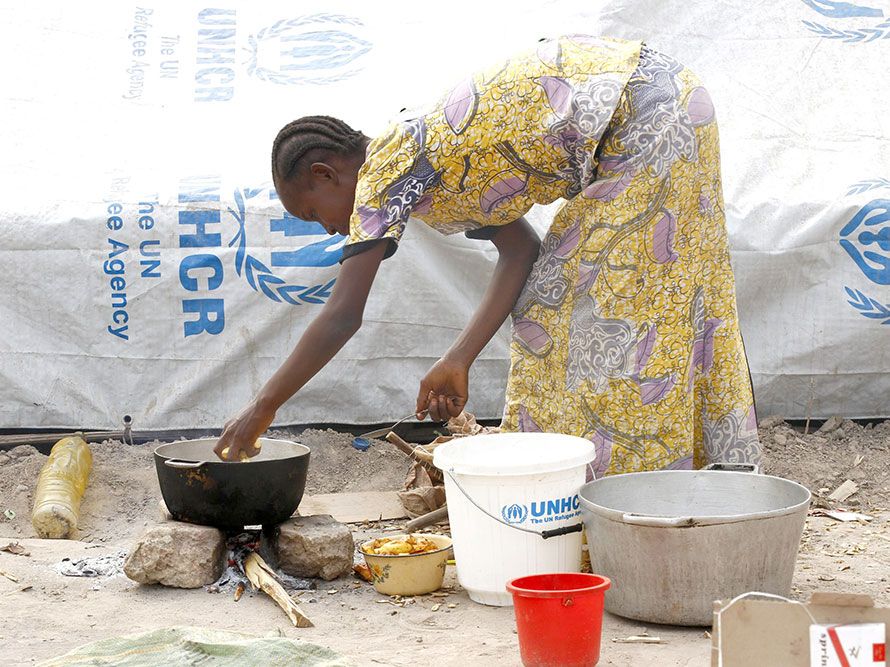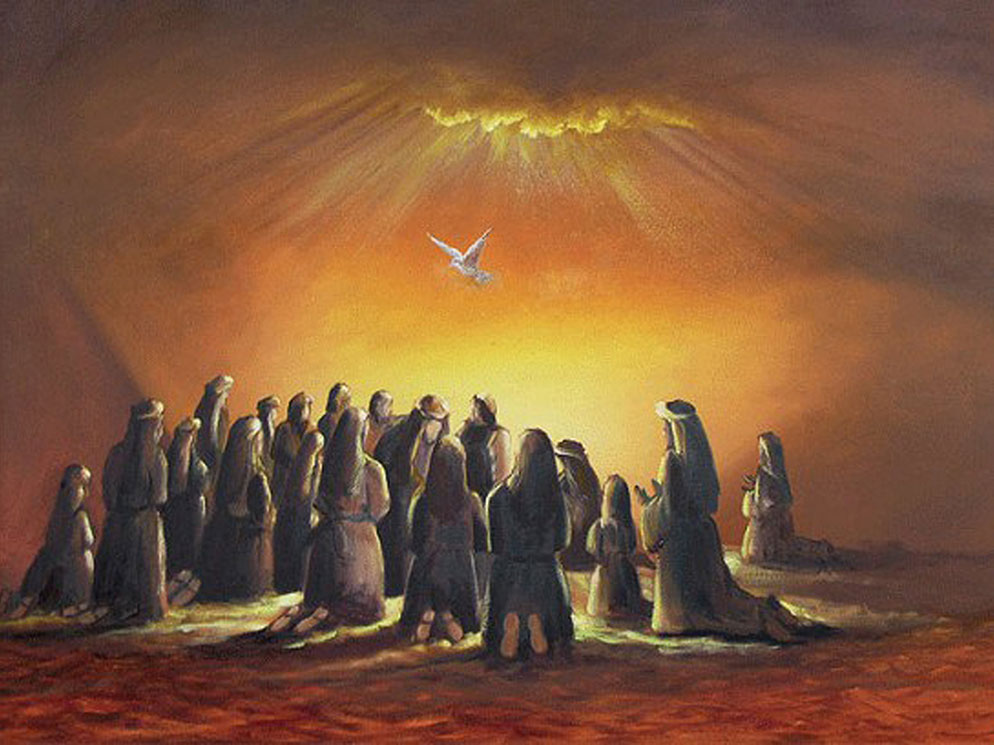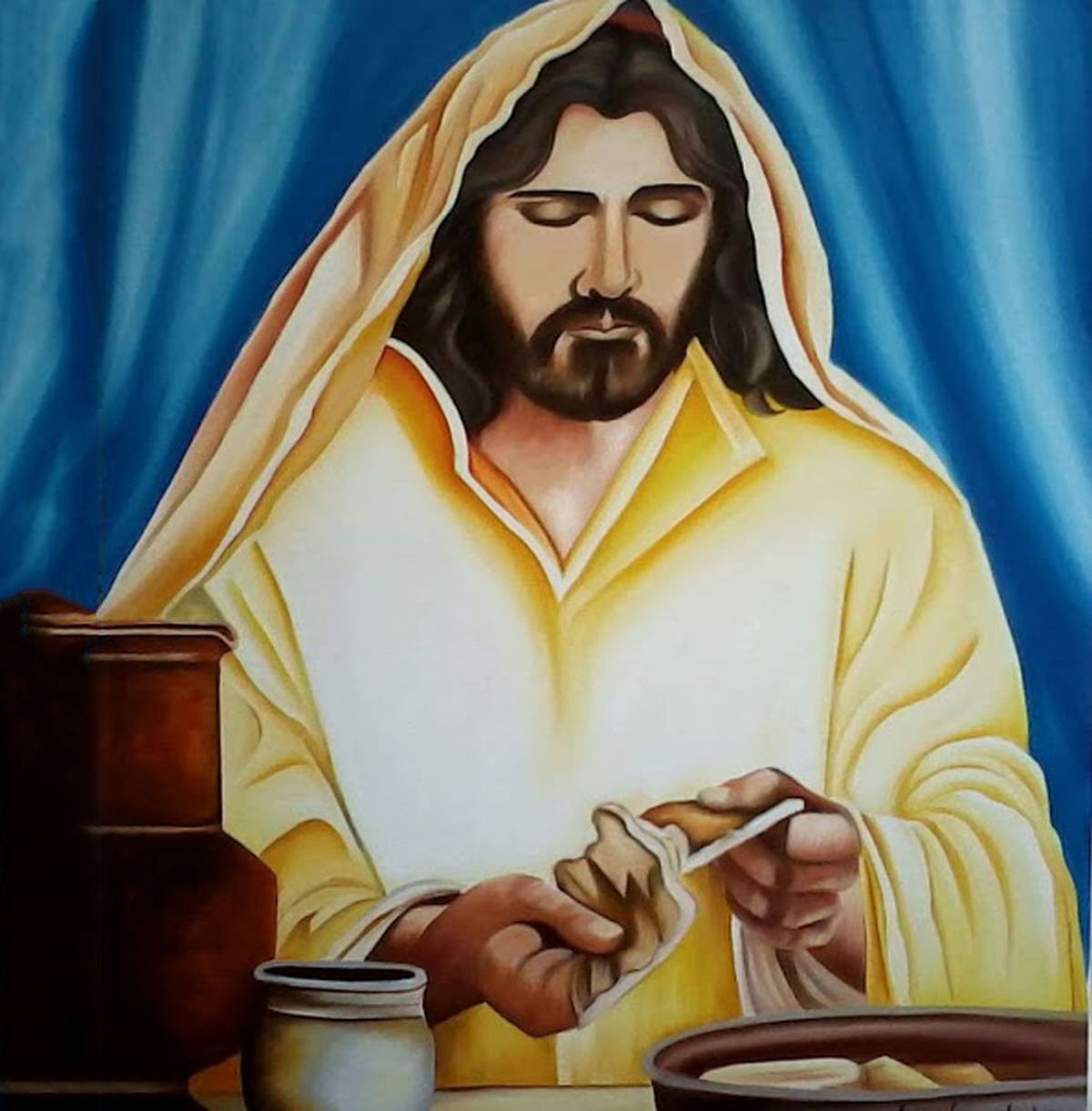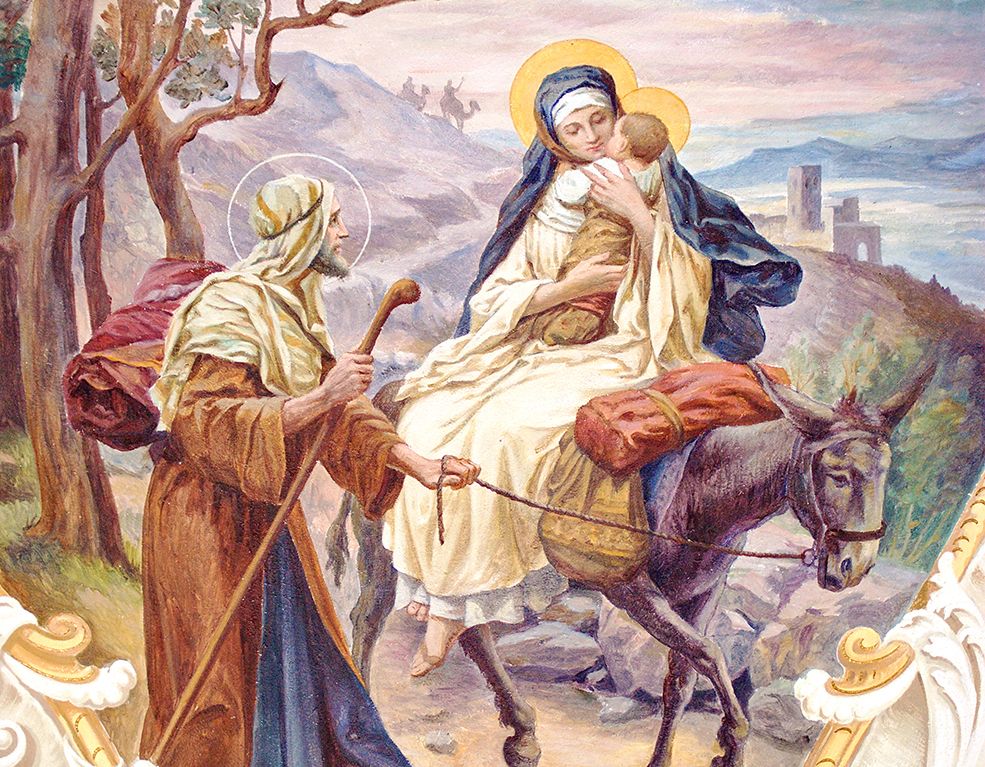This second article explores how Marian devotions speak about Christian-Buddhist encounters in East Asia. The point is not to discuss an abstract theological dialogue between two major religious traditions. Rather, this article looks at how female deities associated with Buddhism (the bodhisattva Guanyin) and Chinese popular religion (the figure of Mazu in Taiwan) coexist with Marian devotions. What does it tell us about Mary and the Buddhist-Christian dialogue?
Most people have heard about Maria Kannon. This Japanese representation of the Virgin Mary emerged during the anti-Christian persecutions of the Edo period (1603-1868). To prevent punishment and possible death, Mary was represented through the appearance of the Bodhisattva Guanyin, a female Buddhist figure of universal compassion holding a child.
Marian devotees venerated these statues of Maria Kannon to give the impression that they were proper Buddhist devotees. However, a few elements on these statues indicate the Christian affiliation of the figurine. For two centuries, these porcelain artifacts were mostly produced in Southern China and sailed into Southern Japan. They later became a symbol of Christian suffering and resistance.
Yet, recent research shows that this kind of Marian-Buddhist hybridity is not an exception specific to Edo Japan. In fact, this is a long-term and resilient pattern of East Asian encounters between Christianity and Buddhism. It is a story of political persecution and resistance, a religious encounter, and proximity. To show that, I briefly summarize three pieces of research presented by scholars during the conference “More Universal than Catholicism? Mary Among Asian Religions” and further discuss the silent interreligious journey mediated through Marian devotions.
CHINESE PAINTINGS
Historians Song Gang and Wang Xintong analyze two hanging scroll paintings of Guanyin allegedly produced by the mid-Ming artist Tang Yin (1470–1524). By comparing their stylish features, iconographic symbolisms, and localized adaptations, they argue that these paintings are hidden representations of the Virgin Mary produced during the anti-Christian ban of the Chinese during the Qing dynasty (18th century) and purposefully attributed to Tang Yin to avoid political scrutiny. Like in Japan during the Edo period, Buddhism became a resource for persecuted Christians to continue their religious practices. Chinese Catholics strategically integrated Marian devotions into their local religious and artistic traditions to preserve their faith.
KOREAN STATUES
Presbyterian theologian Mideum Hong analyzes the statues produced by Choi Jong-Tae, a Korean sculptor born in 1932 and a Catholic layman. Most of these statues are representations of Mary that are now commonly found in Catholic churches in South Korea. They are inspired by the Buddhist art that flourished in the Korean peninsula during the sixth century and remains visible inside the Seokguram Grotto.
Unlike sandstone and limestone which were widely used in Buddhist India and China, Korean artists used local granite. Sculptor Choi argues that this artistic style and material represent the traditional spirit of Korea. Elaborating on this Buddhist art from the sixth century, his granite-made statues are characterized by restrained lines and simplified body shapes. Mary has a round face and stands with her hands clasped together. Departing from Western depictions, her eyes are represented by horizontal lines to express a serene and contemplative expression.
However, these Korean representations of Mary must be put in dialogue with their broader context. For the past decades, a growing number of Koreans have come to consider that their traditional clothes stand as a key symbol to express their ethnic distinction. More people wear traditional outfits during weddings and special events. These clothes are mobilized to perform and reinforce national identity.
Similarly, representations of Mary wearing a hanbok, the traditional Korean dress, has become one way to enculturate Catholicism. However, images and statues of Mary wearing hanbok remain rather marginal. At home, Korean Catholics prefer Western-style depictions of Mary. In front of their churches, mostly curved granite statues represent the Mother of God.
The paradox is that, in practice, it is a Buddhist tradition mobilized to translate Korean representations of Mary. In contrast to Korean clothes, which cover the body from outside, Buddhist resources provide an alternative way to highlight the internal transformation of a spiritual journey and to transcend national boundaries.
TAIWANESE PILGRIMAGES
Linguist Brian Reynolds and anthropologist Marco Lazzarotti study how Mary has been localized in Taiwan through pilgrimages and highlight similarities between Catholic practices and Taiwanese popular religion. For instance, they examine a well-known recent apparition of Mary who helped five non-Catholic men who got lost during a hike in the island’s high mountains. Trapped on a steep slope for several hours, they saw a white shape coming to them and showing them the way to go. Although this phenomenon echoes numerous beliefs in ghosts, they recognized the Christian figure because of her similarity to a Marian statue placed on the mountaintop by missionaries. Later, they embraced Catholicism and had a statue of her erected on the site. Today, this site has become a popular place of pilgrimage.
Another example is the Marian pilgrimage organized by the bishops’ conference in 2008-2009 to mark the 150th year of the Church in Taiwan. In a way quite similar to practices surrounding the local deity Mazu, a Virgin Mary of Wanchin statue was carried across the entire island to visit every parish.
This pilgrimage of a statue sought to reinforce the cohesion of the Taiwanese dioceses and encourage Catholics to show their faith publicly. The researchers report that “the statue of the Virgin Mary was also welcomed by non-Christians as if it was a “Christian variant” of Mazu. As tradition dictates, many deities came out of their temples to welcome the visitor and pay homage to her.
In both cases, the Taiwanese translation of Mary elaborates on local religious beliefs and practices infused with Chinese and Buddhist traditions. In some sense, there is a Taiwanese way to territorialize the material yet the other-worldy presence of divine entities. Under different capacities, non-Christians, lay Catholics, and Catholic clergymen have been collaborating in this Taiwanese localization of Mary.
Nevertheless, as we look back at the three East Asian cases together–Chinese paintings, Korean statues, and Taiwanese pilgrimages–we see that Marian devotees are walking a very fine line to express the specificities of their religious icon. Korean, Chinese, and Taiwanese believers cultivate apparent proximities between Mary, Guanyin, and Mazu to deploy their socio-religious project.
Similarities between the three female figures can be useful to partially hide the ambiguities of Christian affiliation, as they can strengthen a spiritual agenda and a national identity. Clearly, religious actors mobilize these apparent similarities to adjust their religious efforts to their specific time and place.
We must underscore, however, that if specific socio-political contexts and the flesh of religious practices matter, the underlying dialogue with non-Christian religions is essential to go beyond narrow nationalism and superficial piety. Mazu and Guanyin are mobilized to reveal the mystery of Mary, not secular figures.
Mary in East Asia is not simply Chinese, Korean, Taiwanese, or Western decoration. With the help of Asian religious traditions, her devotees highlight that she transcends time and space.
In dialogue with local deities, she overcomes national boundaries and fascination for the West. These subtle dynamics of Marian devotions in which we see the interplay between Christian and non-Christian spiritualities are important to overcome abstract and homogenizing discourses on Christian-Buddhist dialogue. In contemporary South Korea, Taiwan, and China, interreligious dialogue takes the very localized features of popular devotions to Mary.
At the same time, this interreligious proximity and the lack of obvious distinction between female deities can raise all sorts of concerns. The risk of syncretism and theological confusion is constantly raised by actors who want to deepen and purify their spiritual quest. These concerns are entirely valid and essential to consider.
When do we draw a line between fruitful proximity and dangerous syncretism? Based on our three case studies from East Asia, we see that cross-religious hybridities are not necessarily good or bad by nature. They happen in various contexts (not only during persecutions) and are used in various ways (not only to resist the majority).
Hybrid proximities can be promoted or rejected, reinforced or dismissed. The challenge is to identify the kind of context and power relation that make these perceptions shift. As a silent witness of our ecclesial struggles, Mary asks: who has the power to relabel dangerous syncretism into valuable enculturation? Why?



